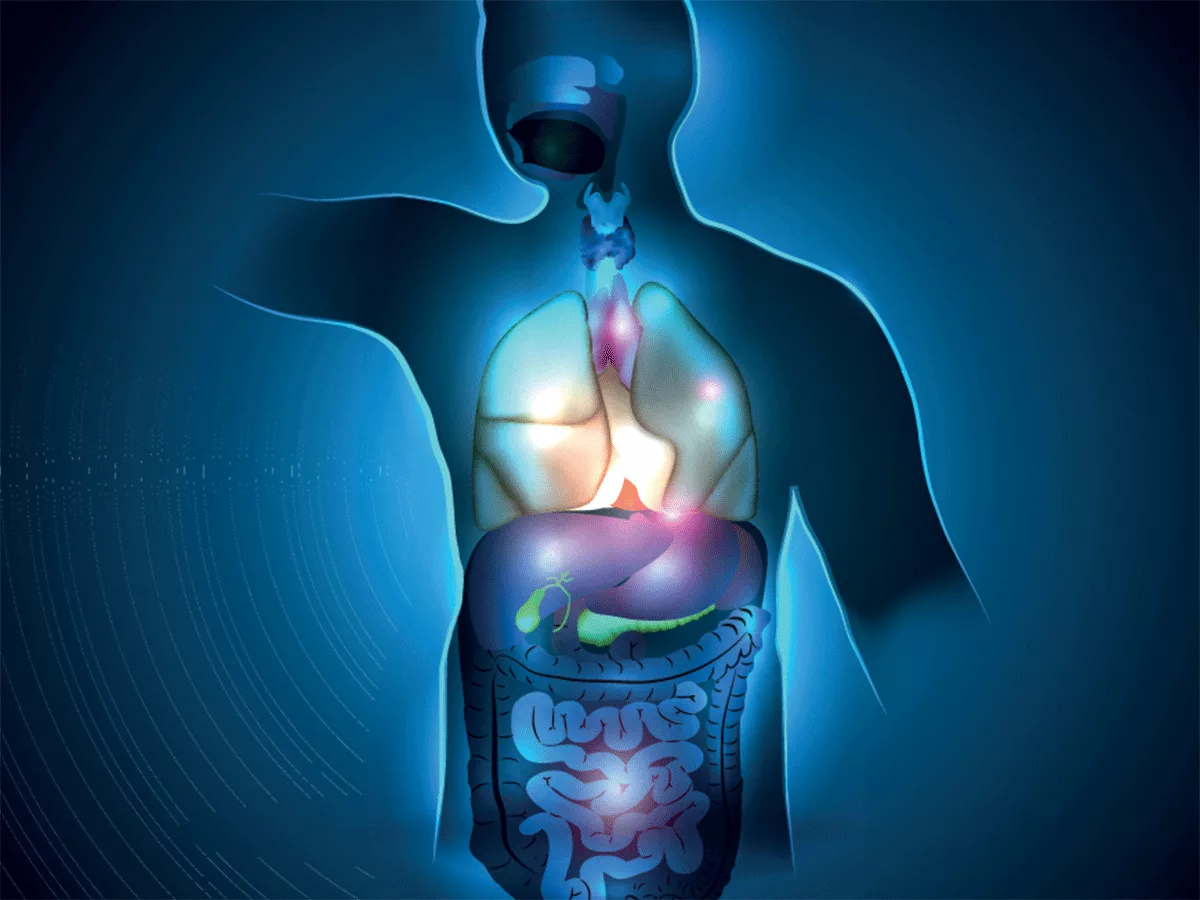Researchers at Hannover Medical School have developed an organoid that mimicked the early codevelopment of the heart with liver, lung and blood vessels.
The work, which was published in the February 8, 2021, online issue of Nature Biotechnology, could bring basic insights into developmental biology, as well as new ways to mimic genetic diseases and test experimental drugs for their effects on embryonic development – currently a thorny problem that is leaving pregnant women shut out of many clinical trials.
"The big value of our model is that we have codevelopment of tissues that codevelop in the embryo," Lika Drakhlis told BioWorld Science.
Drakhlis is a postdoctoral fellow at Hannover Medical School's Leibniz Research Laboratories for Biotechnology and Artificial Organs and the paper's first author.
Cardiomyocytes or heart muscle cells, were one of the first cell types to be made from human pluripotent stem cells in vitro. However, organoid technology has vastly improved cell culture's ability to model complex cell and tissue interactions. But the general consensus has been that developing an organoid system that could model the interactive development of heart and foregut, that is, the lungs and liver, was not possible yet.
There are organoids that model the development of the cardiovascular system, senior author Robert Zweigerdt said, but they are "very artificial... People were typically using predifferentiated cardiomyocytes and then mixed them, for example, with endothelial cells."
"There is nothing that by any means could recapitulate the interdevelopment" of the heart and the foregut," he added.
The organoid is somewhat the opposite of what Zweigerdt's lab, which is focused on regenerative medicine, is usually trying to create.
"Coming from the regenerative medicine area," he explained, where the aim is to generate cells that can be used for heart repair, "it's always important to end up with a pure cell type... you want it to be as defined as possible to comply with the regulatory and safety requirement of a therapeutic cell product."
Serendipity and persistence
Drakhlis' creation of the organoid was initially a matter of serendipity, she said: "we were not expecting this outcome at all, because at the start of this work we wanted to make a typical heart organoid."
But when she cultured cells in a gel matrix rather than in suspension, "we got this organoid with these green rings," said Zweigerdt, who is a principal investigator at the Leibniz Research Laboratories for Biotechnology and Artificial Organs. "And we thought, 'Well, this is interesting.'"
Those green rings, caused by the expression of a green fluorescent marker, suggested that the human pluripotent stem cells the team was using were developing into cardiomyocytes, accompanied by non-green areas representing endoderm, which later develops into lung and liver.
Drakhlis, Zweigerdt and their colleagues were ultimately able to define conditions that would reliably lead to the early development of an organoid "composed of a myocardial layer lined by endocardial-like cells and surrounded by septum-transversum-like anlagen; they further contain spatially and molecularly distinct anterior versus posterior foregut endoderm tissues and a vascular network," they wrote in their paper.
The organoids will enable the team to gain deeper insights into early embryonic development, and Drakhlis, Zweigerdt and their colleagues hope that they can coax the organoid, which so far models very early development, into later developmental stages including the formation of the heart's chambers.
They also want to use them to study the effects of mutations that cause heart defects. In their paper, the team described one such organoid, a knockout of the gene NKX2-5. In humans, mutations in NKX2-5 can cause congenital heart disease.
The organoids could also be used in drug discovery, where they could give clues to teratogenic effects of experimental drugs. The participation of pregnant women in clinical trials is a thorny ethical issue, as any treatment of a pregnant woman necessarily affects her unborn offspring, whose interests may be at odds with those if its mother. But with hundreds of thousands of pregnancies annually complicated by mental illness, tens of thousands by diabetes, and an unknown number by other disorders, the current extremely low participation rate of pregnant women in clinical trials is also ethically dubious.
Previous attempts to model the interdevelopment of heart, lung, and liver in an organoid most likely failed because "it's only a very narrow [set of] conditions under which these structures develop," Zweigerdt said. "Once you figure it out, then it's reproducible. But the conditions under which these structures develop are very narrowly defined and requires attention to detail."

